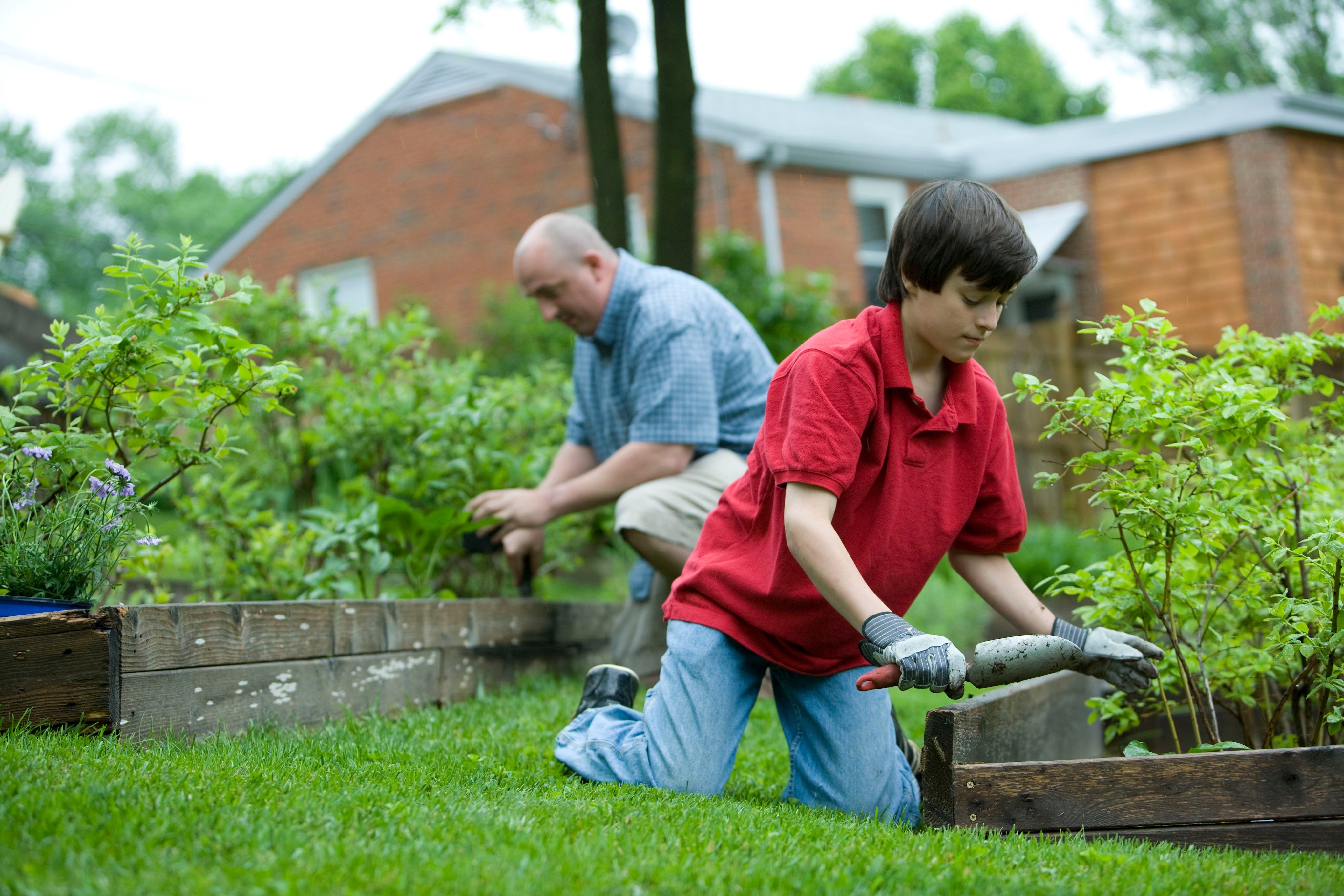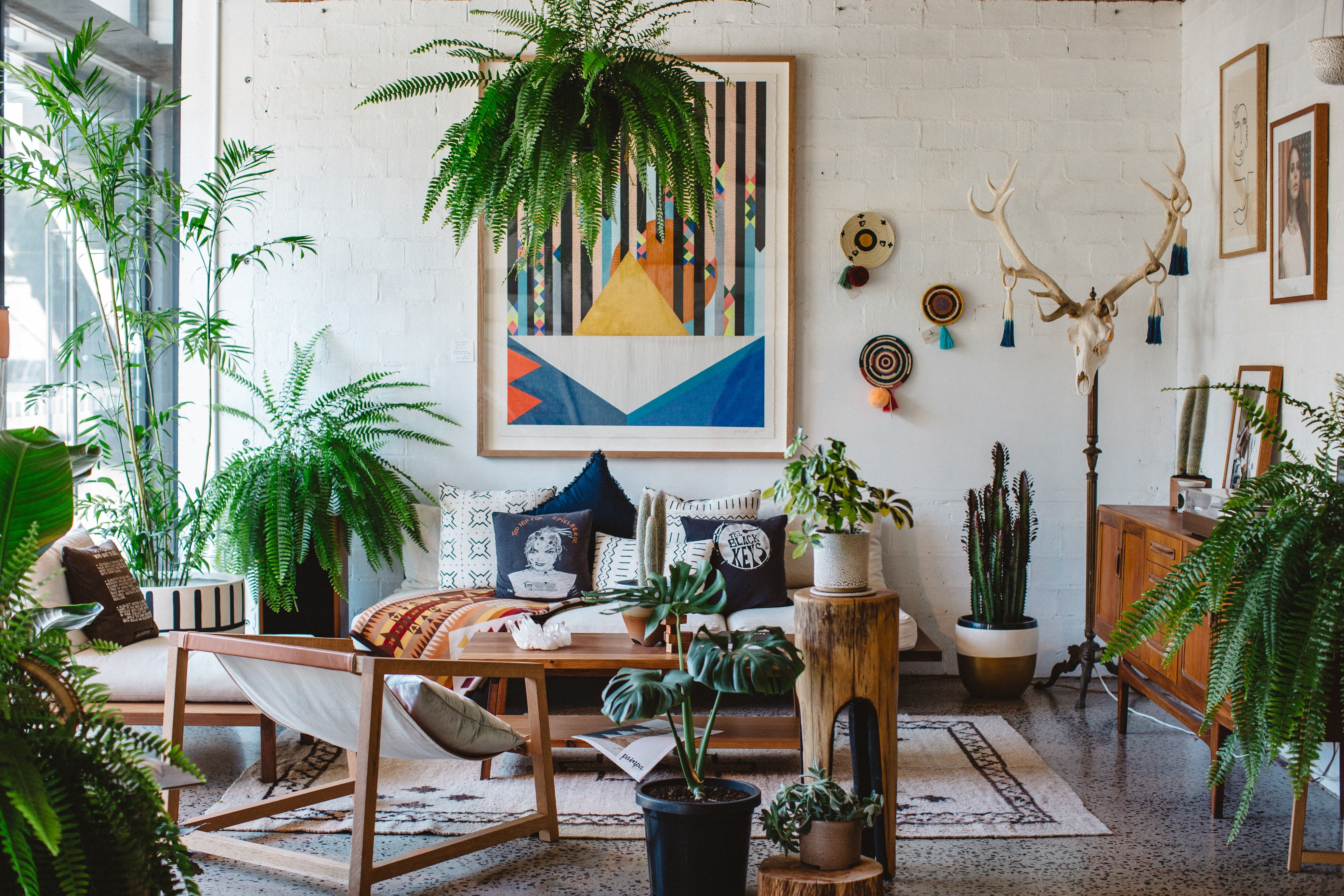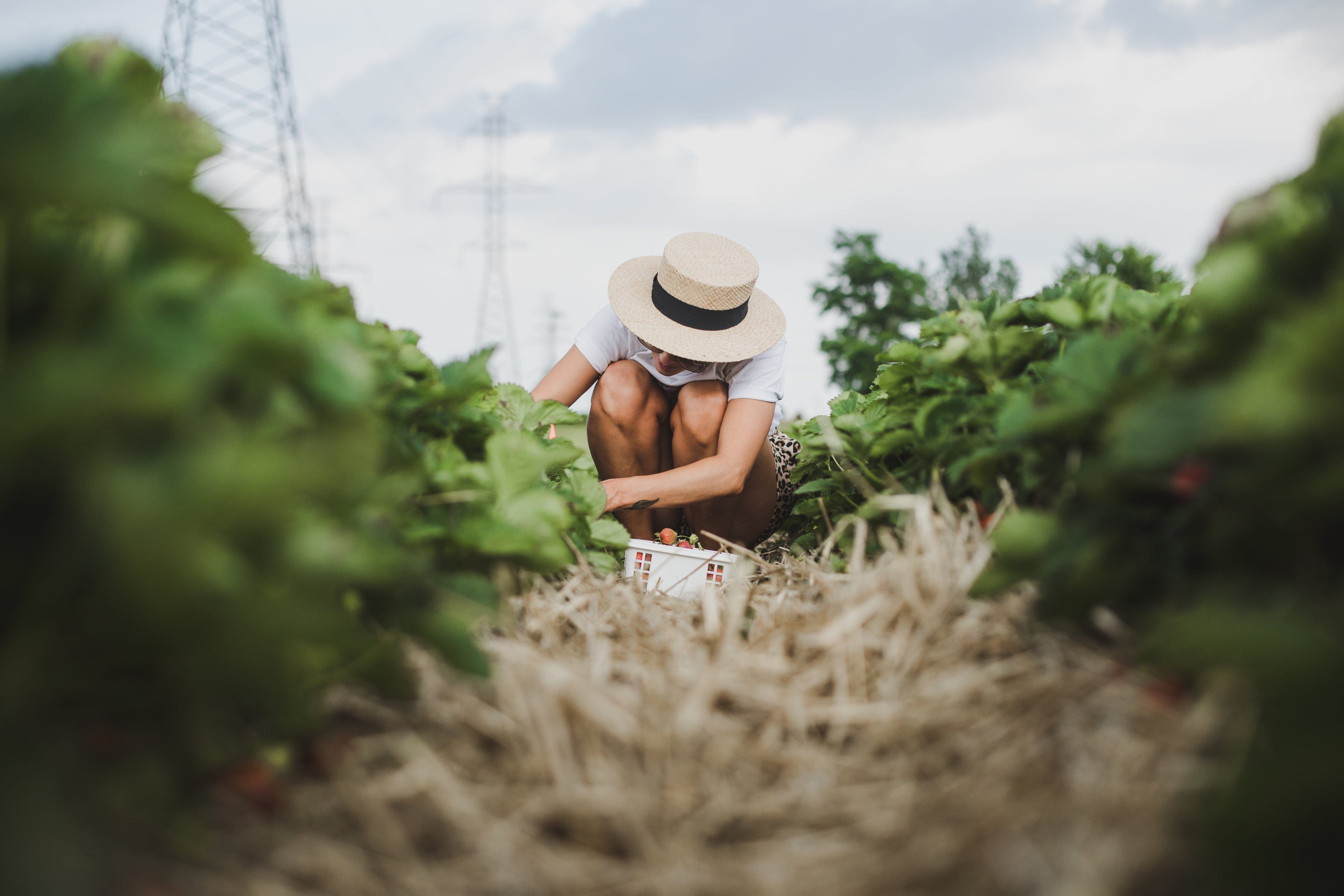![Prepare Garden Soil For Warm-Season Vegetables [Quick Read]](http://potshack.net/cdn/shop/articles/s-o-c-i-a-l-c-u-t-YlBCfxLda5E-unsplash.jpg?v=1642141688&width=4032)
Prepare Garden Soil For Warm-Season Vegetables [Quick Read]
As spring harvest time is ending for cool-season vegetables, it’s time to focus on planting warm-season vegetables for summer. The first thing that is needed is to prepare the garden soil.
Like lettuce, radishes, spinach, and cabbage, the spring garden will stop producing when the weather begins to warm up in late spring. It’s perfect timing to get warm-season crops in the soil, but the soil needs to be amended.
Clean The Garden
Harvest all remaining cool-season crops. Remove all plant debris and old mulch. If debris is left in the garden, it could harbour insect eggs or fungal spores.
If there are no visible signs of pests or disease, the old garden debris can be added to the compost pile.
Replenish Nutrients
The cool-season crops have depleted all the nutrients from the soil. Before the garden soil can nourish and sustain more plant life, it must be fed.
Add a 2-4 inch layer of compost on top of the soil. Work the compost into the soil to the depth of 4-inches. This is the depth of most plant roots, and they will be able to access the nutrients in the compost easily.
You may also want to add additional nutrients such as bone meal used to increase phosphorus in the garden. Or a more general fertilizer. This will help replenish the nutrients the plants need to thrive.
You can also add other organic matter to the soil, like well-aged animal manure or wood ashes, to help improve the structure and fertility of the garden soil.
Get Planting
After the garden soil has been cleared and amended, it’s time to get planting. Warm-season vegetables include favourites like tomatoes, corn, cucumbers, and peppers.
Read the instructions on the seed packets or plant labels to know how deep to plant and how much space to allow between plants. Also, note if the plant needs full sun or partial shade.
Allow plenty of garden space for the mature size of the plant and if it will require support. This is especially important when planting in garden pots or raised garden beds.
Cool-Season Again
By mid-to-late summer, the warm-season plants will be done for the season. Repeat the cleaning and replenishing steps and plant another crop of cool-season vegetables for harvesting in the fall.




1 comment
Very informative. Very useful tips, simple to understand and easy to implement. Makes life in the garden so much easier. Thanks for sharing.
Bobby Govender
Leave a comment
This site is protected by hCaptcha and the hCaptcha Privacy Policy and Terms of Service apply.